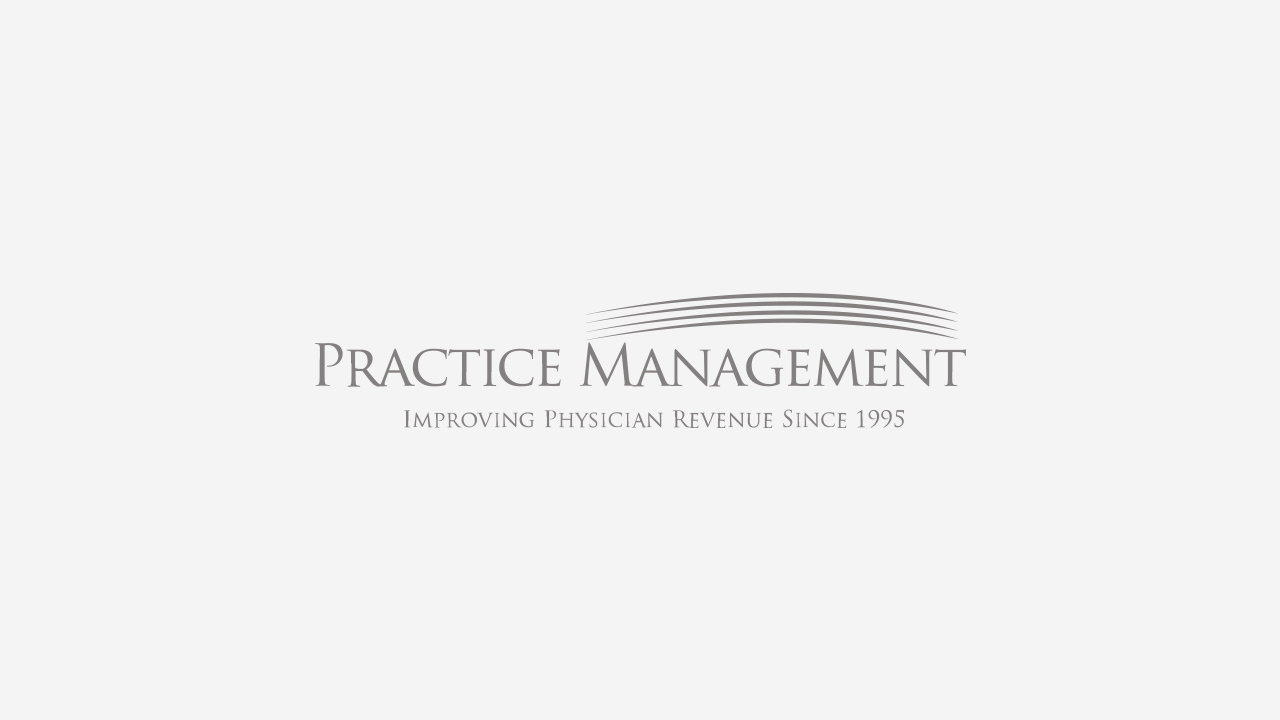
From an early age we’re taught that teamwork yields some of the best results. It’s why in sports we pass the ball or, as students, get divided into groups for big classroom assignments; goals are reached and often exceeded when we harness the power of teamwork.
Traditionally, the relationship between doctor and patient has been one of “teacher” and “student,” where the doctor or physician hands the patient their homework in the form of prescriptions, diet recommendations, etc. We’d like to think that the patient always goes home and completes their homework right away, we’d like to think that. The truth is, a patient may get their prescription filled but fail to adhere to dietary restrictions, exercise, or make other lifestyle changes advised to them.
This disconnect is what’s driving more medical practices to push for more patient collaboration. Working together with patients ensures that the efforts of doctors or physicians remain effective even after the patient walks out the door. Patients also feel like they have someone on their team, who is also working toward the same goal, which is improving your health.
The need for increased accountability on the part of the patient is currently being met with the help of technology. Health tracking apps give patients a chance to monitor aspects of their health in between appointments. Other apps allow patients access to their test results, immunization records, and other aspects of their health. Miscommunication leads to problems in the healthcare industry, whether it’s missed appointments or insurance related issues, communication between doctor and patient is key to maintaining a successful practice. Scheduling apps that can reduce scheduling discrepancies, with less calls needed between appointment setters and patients, are now being utilized more than ever in an effort to keep the lines of communication open between doctor and patient.
Telemedicine is one of the driving forces behind patient collaboration, and with more practices taking advantage of new technology, software, and mobile apps this trend shows no signs of slowing. We’re not saying that opening an app at home is the same as going into an office for a diagnosis. In-person visits will never be obsolete, but they can be improved so that more patients can be treated in less time, with fewer repeat visits. In fact, you improve the quality and effectiveness of each in-person visit since prior to the appointment you will have had more communication with the patient and are aware of any recent symptoms, changes in blood pressure, or other issues they are experiencing.
Your practice’s commitment to patients cannot be undermined if you are taking steps to collaborate with them on improving their health. This is the ultimate measure of a medical practice’s worth, the ability to act as the patient’s teammate, setting both up for a winning season.